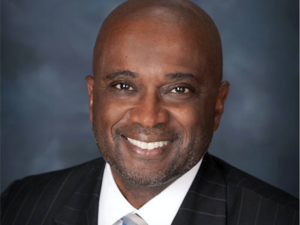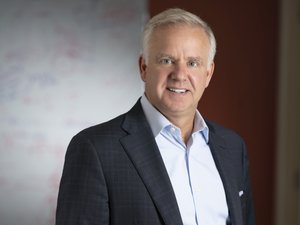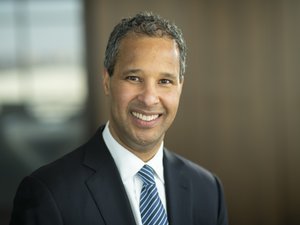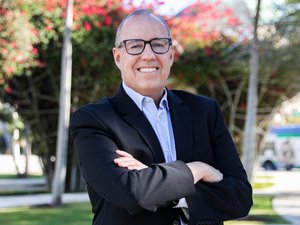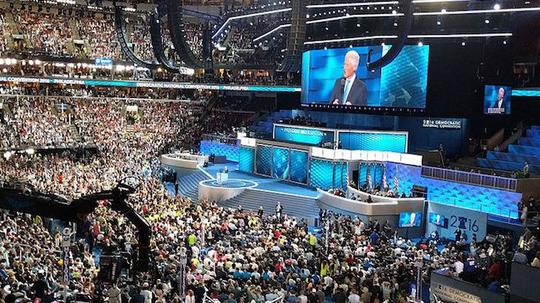
As a technology entrepreneur, my participation at the 2016 Democratic National Convention came from a much different perspective than most in attendance. However, whether it was the thousands of people sending Snapchats to friends from the convention hall or the vast technology backbone that made the production of the DNC possible, tech was ubiquitous at the political gathering.
Upon arrival to the DNC on the first day, I was lucky enough to get a tour of the technology apparatus driving the conference production and see the massive behind-the-scenes operation at the Wells Fargo Center. The Network Operations Center housed the network operations of the convention from security to connectivity. The team was comprised of DNC officials, Cisco staff and Comcast and Microsoft engineers, who worked night and day to make sure the convention commenced without any hiccups.
Eric Gates, Cisco’s lead security engineer, shared the vast security measures and technology infrastructure the Cisco team created to produce the convention’s “always-on”AV, Wi-Fi and network security. With all of the security breaches the DNC has been facing lately, there was a heightened focus on data security from top to bottom.
Walking the convention floor, it was impossible to miss the thousands of handheld devices capturing images and video, then streaming them to social. It seemed that almost every single person had at least a smartphone, and nearly every guerrilla reporter was live-streaming from Facebook or recording interviews with a handheld device. There were multiple Snapchat filters, Twitter hashtags and other ways for attendees to stay digitally connected. Additionally, hundreds of press and media staff were on laptops monitoring social dashboards from their laptops.
During the third day of the convention on Wednesday, I participated in the DNC’s Innovation Nation forum that brought together leaders from the public and private sectors. Innovation Nation, organized by the Internet Association, the Consumer Technology Association and TechNet, was a day focused on technology policy, with remarks by Sara Solow, a domestic policy advisor for Hillary for America, a fireside chat with Secretary of Commerce Penny Pritzker and an industry panel with former White House Press Secretary Jay Carney (now at Amazon), Kevin Gilroy (Samsung), Ron Klain (Revolution LLC) and Phone2Action co-founder Ximena Hartsock.
The industry panel put things into a global perspective for me and demonstrated that the United States' position as the world’s tech leader is something that we need to fight for. A good lesson can be taken from Detroit, which, 80 years ago, was considered the tech and innovation capital of the world, illustrating the challenge of remaining at the top.
The takeaway here is that if the U.S. wants to continue to remain a world technology leader, it needs to support lawmakers and policymakers, regardless of party affiliation, by passing innovation-friendly policies that welcome entrepreneurs and businesses to the U.S.
To really get the full perspective on a range of issues, I interviewed a variety of tech leaders between sessions at the Innovation Nation event. I asked each of them the same question: “What is the number one most important tech policy issue that Democrats should focus on in during the 2016 election?”
You can see the responses from these micro interviews in the video below:
This election cycle will determine the legislative priority of many tech-related policies. In order for the U.S. to retain its position as a global technology leader, we need to welcome companies that embrace disruptive innovation. Challenges such as access to broadband, STEM education and patent reform are key to leading the innovation economy.
In the midst of the politicized discussions in this election, it was a great move by CTA to organize Innovation Nation at both the Democratic and Republican national conventions. We must keep the subject of technology front and center in the discussion. In order for our nation to build game-changing technology, we must invest in our kids' education so they are prepared for the jobs of future.
Without the talent, the ecosystem and the infrastructure, the aforementioned will be tough. We only have one option, as CTA President and CEO Gary Shapiro says: “Innovate or die.”
